Narrative Power: The Epic Adventure
Animation & Discussion Guide
This animated film explores the power of narrative. The power to define what’s true, determine the stories of the past, and institutionalize ideas so they replicate.
Meet the characters building
narrative power for social change.

SAGE THE FOX
Wise, having a strong sense of what’s possible.

FANNIE
Learning as she goes while feeling the pressure of wanting to make a positive difference right now.
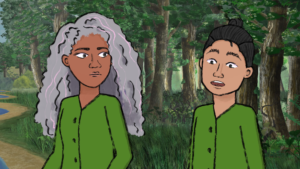
GINA & CAMERON
Organizers discovering better ways to work for change.
The characters in the film draw on our experiences working for social change while exploring narrative power—what it is and how we build it.
Watch Now | Narrative Power: The Epic Adventure
Produced by Subliminal Stories | Download Animation Transcript
Discussion Guide
Authored by Higher Ground Change Strategies
Narrative power is the ability to make the foundational stories we tell—the stories about how things work, our sense of history, who and what matters, and our relationship to one another and the planet—the main stories people use to make sense of the world over time.
We don’t build narrative power by simply telling stories. We build narrative power by rooting and reinforcing our stories across the many institutions and cultural spaces that shape what we think, know, and believe.
So narrative power is not about any one story and it’s not just about storytelling. Narrative power is also about changing—or creating!—the institutions that reproduce our world view not only in what they say but also in what they do.
About This Guide
This Discussion Guide offers questions for reflection or conversation starters to help explore the ideas raised in the film. The questions are organized to support individual inquiry or group conversation among colleagues, in coalition meetings, the classroom, workshops and community events. It’s best to watch the entire film together leaving plenty of time for discussion afterwards. Try to be as generous with discussion as you see fit. There are also prompts to “go deeper” at your own pace—either as part of the discussion or on your own.
You can also use the BNPower Toolkit to explore ideas and tools on how to implement change.
Fundamental Tenet
To transform dominant narratives, it is necessary to build infrastructure across a range of institutions and systems for the long term. This is how our stories become rooted and reproduced by systems and structures across society replacing harmful dominant narratives with healthy ones so our stories become the stories.
However you found your way to this guide, we hope it will help you amplify your narrative power and build on what you have done before.
Let’s get going—we have a forest to cultivate!
Reflections:
What does the film tell us about where we are and how to get where we want to go?
Close All (DO NOT DELETE)
Narrative Power is More Than Powerful Narratives
At the start of the film, Fanny is frustrated that her actions aren’t getting the results she wants. She meets Sage the Fox who nudges her to think deeply. Reflecting on the film opening, what did the images bring for you? How might they illustrate how narratives shape what we think and who we are?
Sages says: “This work is about so much more than messaging. It’s about shifting the way structures reproduce meaning on a mass scale.” What does that mean to you and your work of narrative change?
Fannie and Sage explore some of the systems and structures that shape our thinking, knowledge, and beliefs. How do you see the relationship between structures, systems, and narratives?
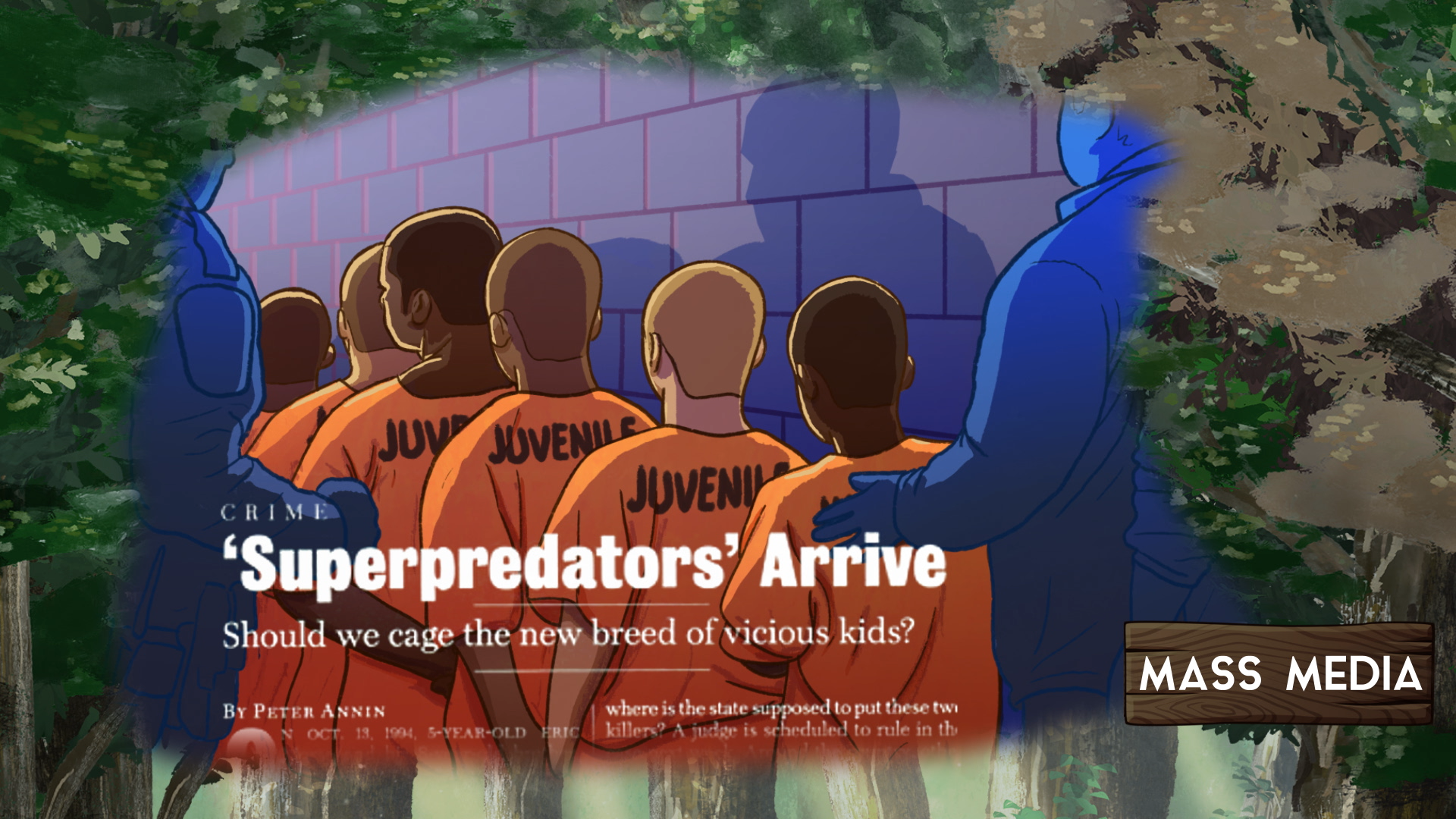
What do you think is the relationship between the root conditions (as in the picture) and the kind of narratives we have today? Are there any root conditions that aren’t shown that you think are so important? If so, what are they?
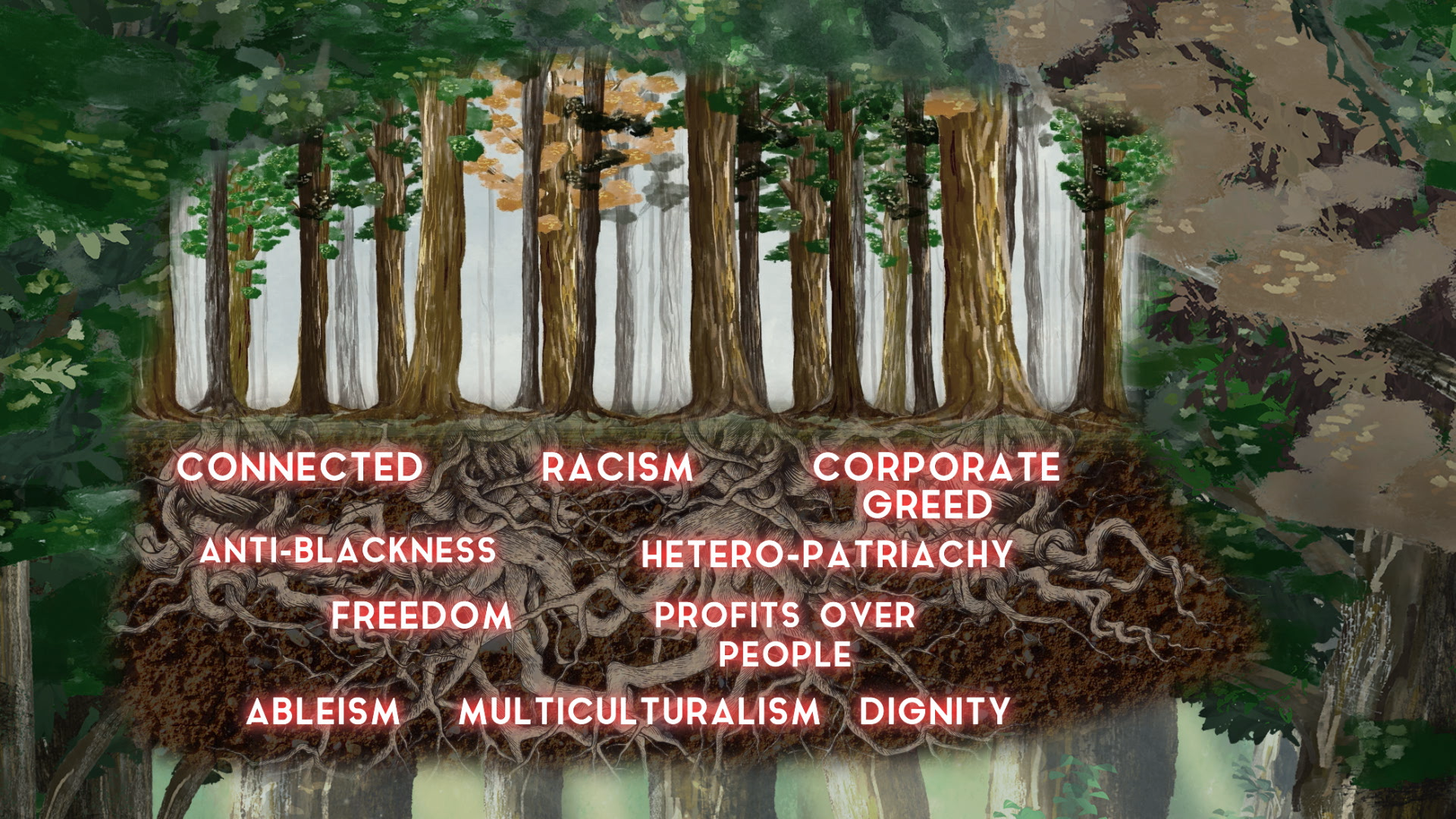
What do you think is the difference between powerful narratives and narrative power? Why is that difference important? What does it make you think about organizing in relation to narrative power?
Reflecting on your own work to change narratives and build narrative power, what seeds or narratives are you planting?
- How would you describe the soil and conditions that shape how your narratives are taking root and/or growing right now?
- How would you describe the narrative “forest” where you are working?
- What narratives, if any, are you planting, tending or growing, for lasting change?
Reflecting on social justice movements as a whole, in what ways have we “thrown” our stories out there without enough analysis of the conditions? What did Fannie mean by needing to have a plan?
Our Beautiful Legacy
Our crew looked at two examples of building narrative power that helped transform life as we know it, the movements of the 1960s and the tobacco control movement. What do you think Sage the fox meant when he said: “The good news is we don’t need to build new narrative power from the ground up. There’s already plenty of solid foundation we can work with.”
- What lessons did you draw?
- What, if any, applied to your own work?
Are there other moments from history on which you draw for inspiration and guidance in your work to build power and build narrative power? If so, please share at least one.
Below is a chart outlining some of the areas where structural power shapes narrative power and vice versa. Please reflect on any additional structures and how they shape narrative power and, if you’d like, add them to the list.
Schools, Arts, Media, and Culture: Authority to determine what’s learned in school; the authority to determine what’s “officially” valued as art; the power to control how people interpret and communicate
Judicial, Legal, and Legislative: Authority to determine what’s legal and illegal
Shaping the story of what’s fair, what’s safe, what “can be done,” what’s considered “legitimate” and practical approaches to solving community problems.
Work and Marketplace: Authority to determine wages and prices of goods
Shaping the story of what jobs are valuable, what things are valued, what should be produced, wealth accumulation.
Add your favorites here: What other sites of structural power do you find as you do your work?
How do those sites interact with or reproduce narrative power?
Have you, or groups or movements you’ve observed, ever tended to the wrong “forest?” What happened? What did you learn? Why do you think our work can sometimes strengthen (versus weaken) harmful dominant narratives?
During this segment, we see four legendary changemakers, who are now ancestors, in the sky above our s/heroes: Bayard Rustin, Grace Lee Boggs, Marsha P. Johnson, and Larry Itliong. Please take a moment to learn more about them.
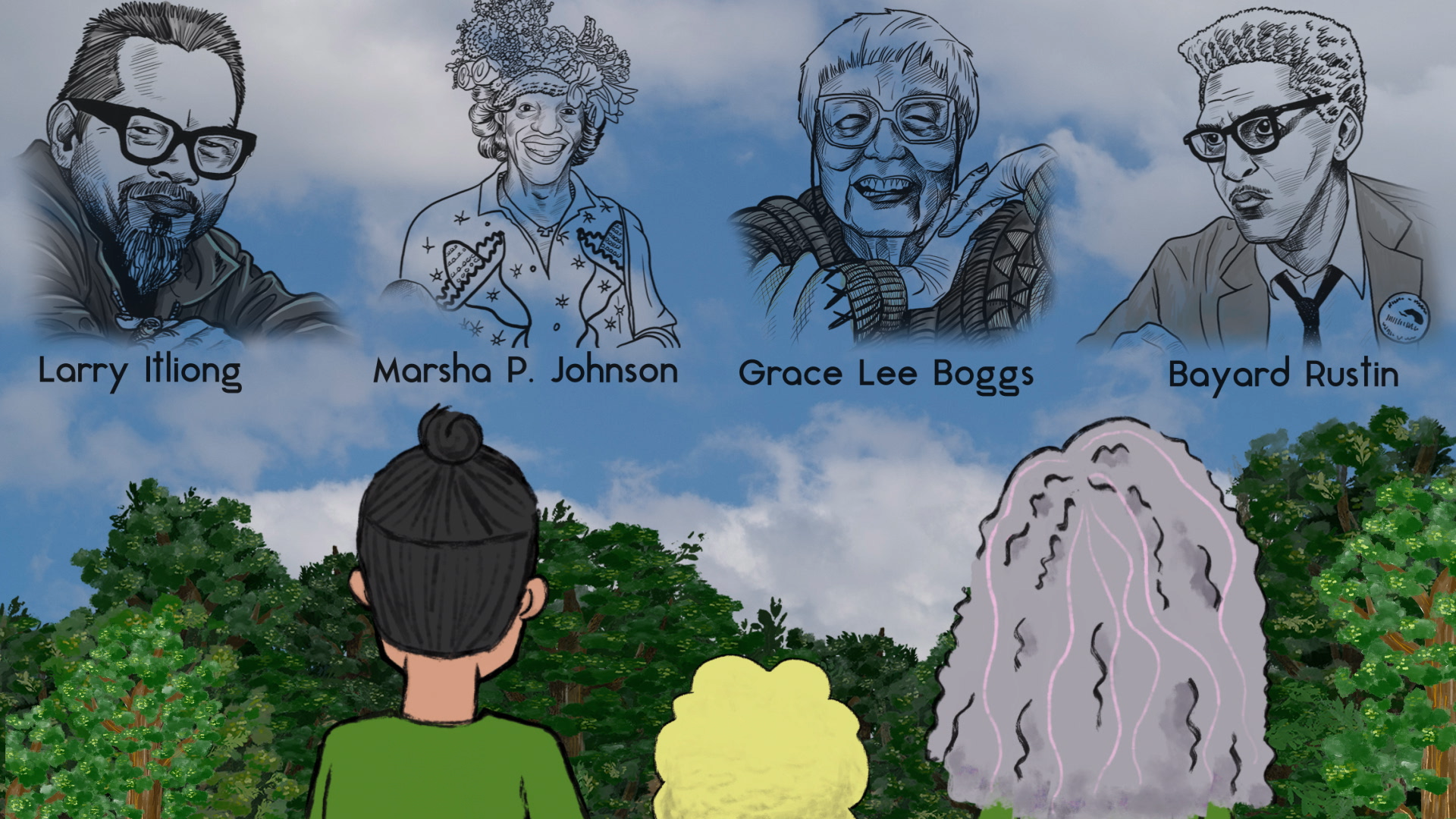
We're On Our Way!
After leaving the café, our crew boldly charged ahead only to have their path blocked by the river—an obstacle for which they hadn’t planned but strategy helped them get to where they wanted to go. Reflecting on your own work, what tools and methods do you use to:
- Assess current conditions?
- Develop the vision of what you want to see in the world?
- Identify strategies to help you get to your vision?

We hear about the “big mix” of systems, practice, history, conditions, belief, and power as fundamentally shaping the world and who we are in it. How does this “mix” shape our approach to building narrative power?
Reflecting on the examples of the Equal Justice Initiative and the National Domestic Workers Alliance, what are takeaways for your own work?
- Are there ideas or strategies you are considering integrating into your own efforts?
- Are there other current examples of narrative power building that inspire you?
What’s your vision of the world you’re trying to achieve? What’s at the root of your “good” forest?
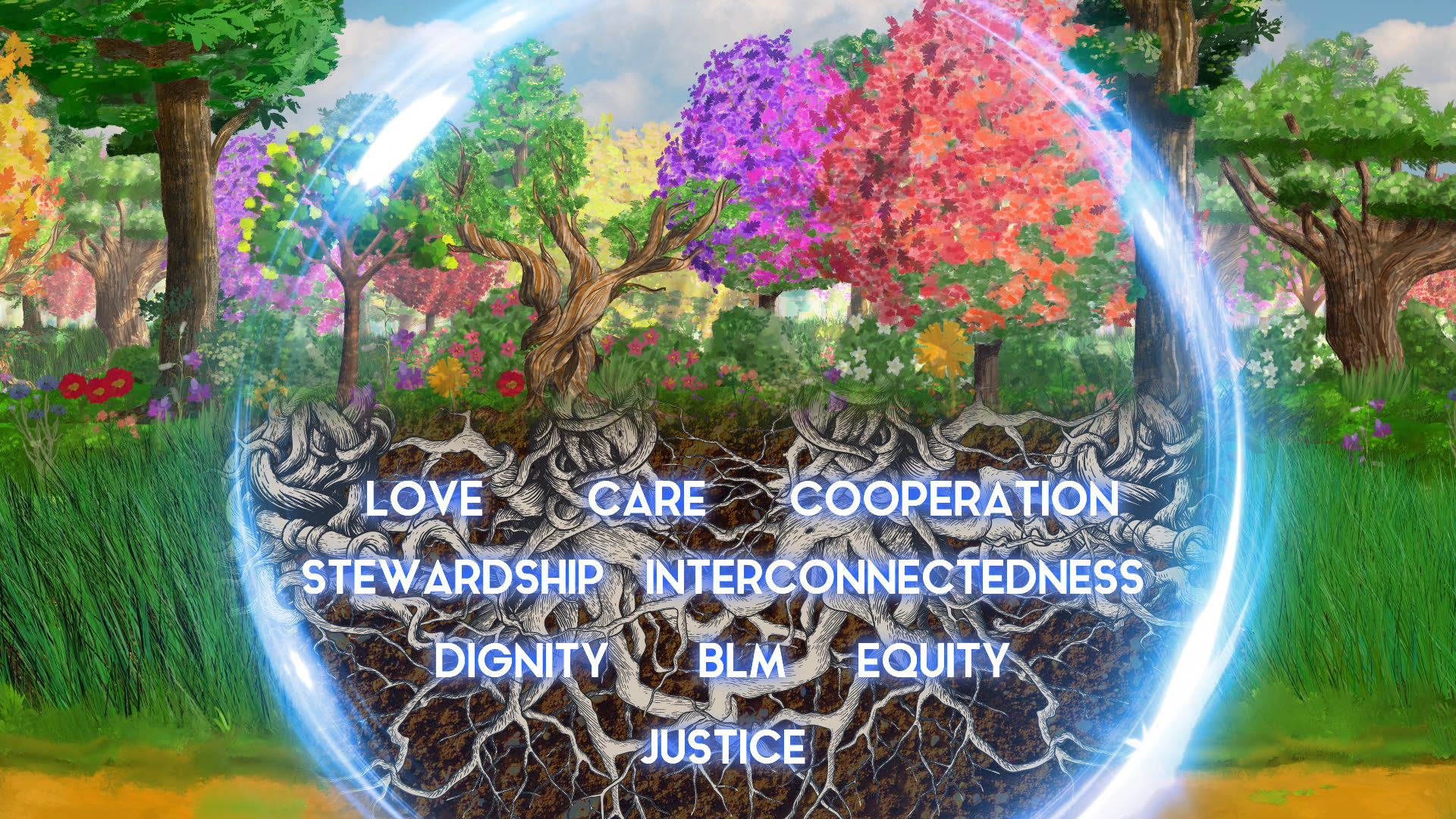
The film closes with our future Fannie in conversation with her granddaughter. What do you think would be a concrete indicator we achieved narrative power in our world that you would want to share with future generations?

